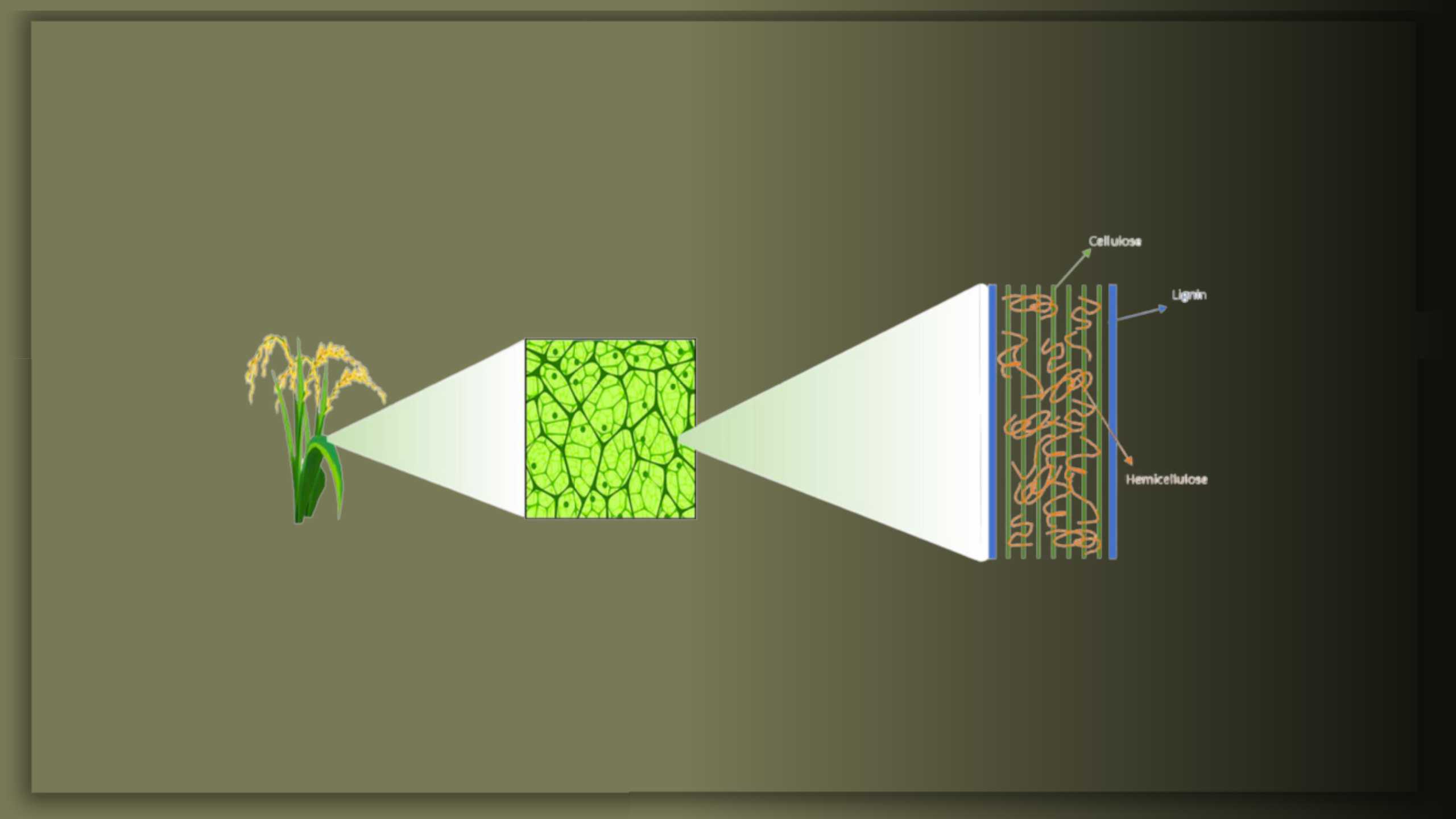The young researchers of the BRT are diligently working to increase the visibility of the success and potential of bioenergy sources across the globe. From Indonesia to Vietnam to Ethiopia and beyond, their efforts to highlight the impact and importance of incorporating renewable energy technologies are creating change worldwide.
With this popularization series, we aim to showcase the impact of our research on renewable energy in strategic countries around the globe.
Enjoy reading the full research article below by our Ph.D. student, Hidayatul Fitri!
Agricultural activities generate significant waste, including straw, husks, and stalks, which are often burned, contributing to environmental pollution. However, this waste can be a valuable resource for energy generation through biogas production. A key challenge is the recalcitrant nature of lignocellulosic biomass, which is resistant to microbial and enzymatic breakdown due to its complex structure, particularly the lignin content.
To overcome this, pretreatment methods—such as physical, chemical, and biological techniques—are employed to break down the lignin and make cellulose and hemicellulose more accessible for conversion into fermentable sugars. This pretreatment is crucial for improving the efficiency of anaerobic fermentation, a process essential for biogas production.
Looking forward, integrating agro-waste with animal manure can optimize biogas yields and provide a sustainable solution for waste management. By transforming underutilized waste into valuable energy, this research contributes to a greener and more sustainable future.
For a deeper dive into Hidayatul Fitri’s research and its implications, refer to the article below:
Hidayatul, F. (2024). Pretreatment of Lignocellulosic Material from Agro-waste to Increase Biomethane Production. Biogas Research Team. Retrieved from https://biogas.czu.cz/dl/132648?lang=e
For more details on BRT activities, subscribe to our newsletter or follow us on social media for regular updates and highlights.


